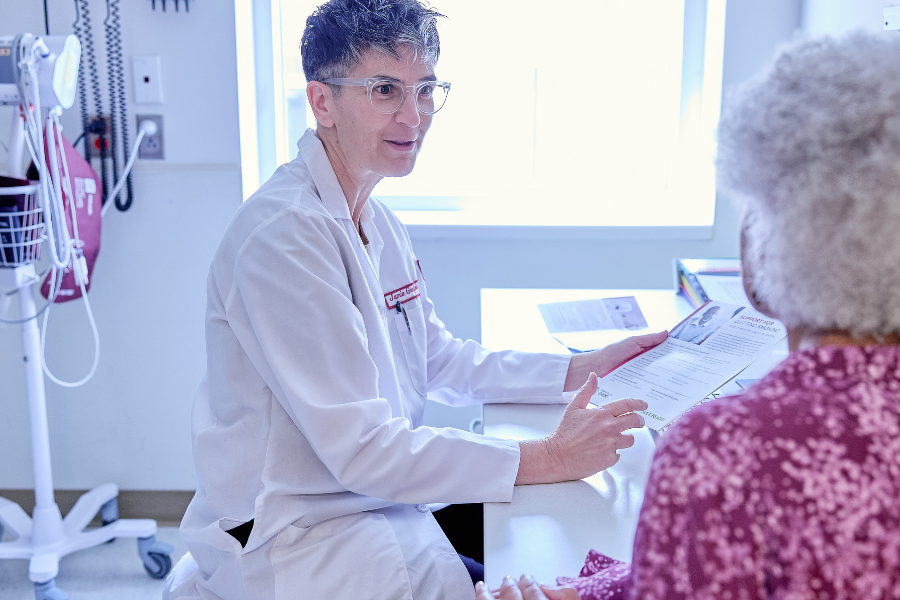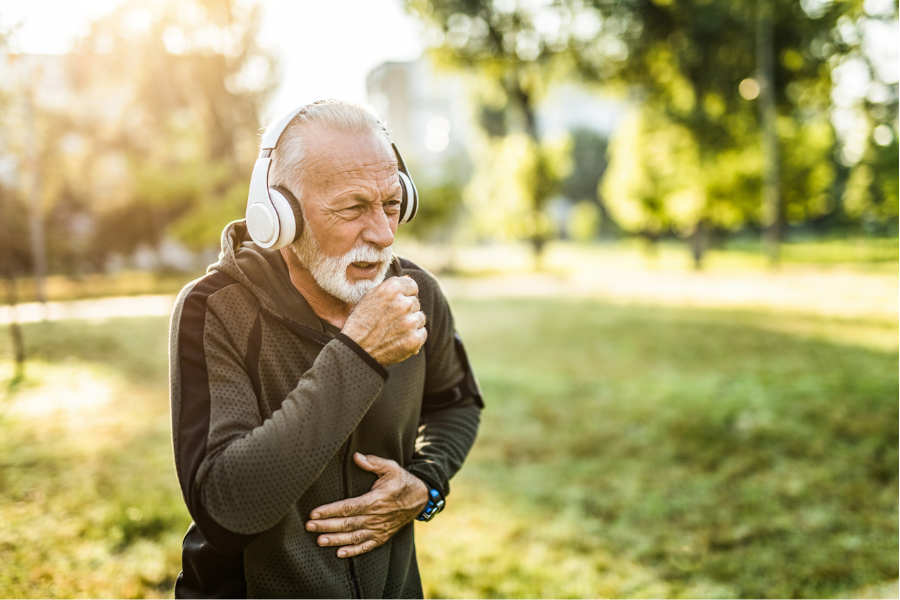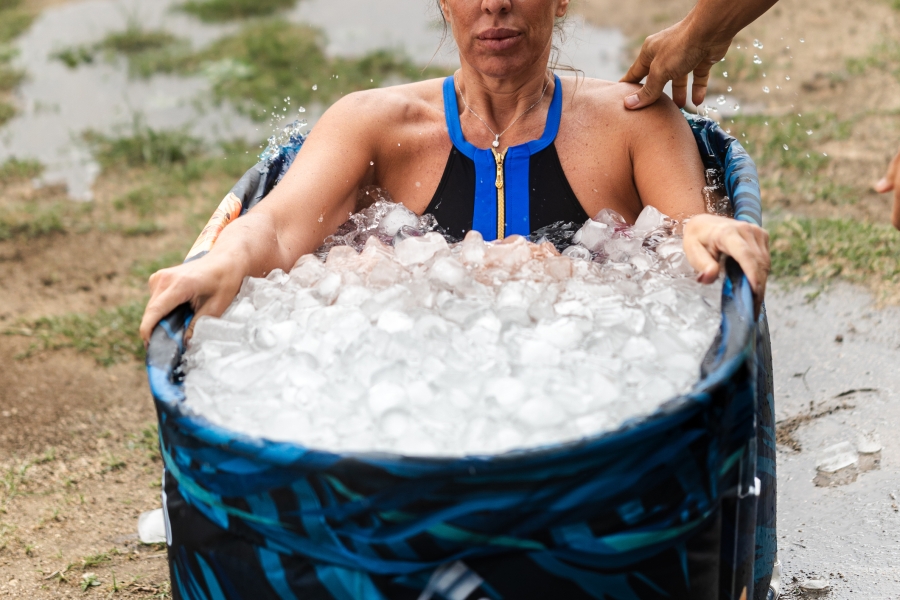Practicing good hand hygiene is important for reducing the spread of coronavirus (COVID-19), but so is maintaining a clean, healthy environment at home. Cleaning and disinfecting your home on a regular basis will help to reduce your risk of becoming sick.
You’ve probably heard or read a lot about various cleaning methods, but which ones should you actually follow? We break down some common house-cleaning myths that we frequently hear, with the facts that you need to stay healthy.


